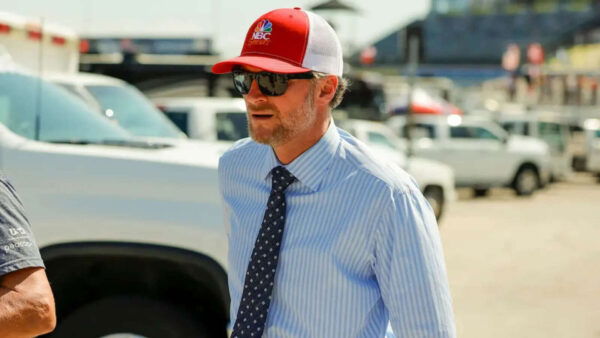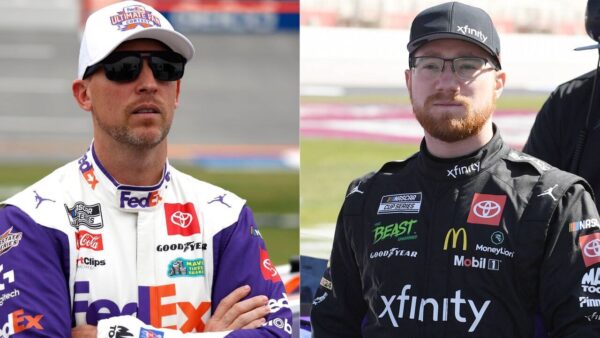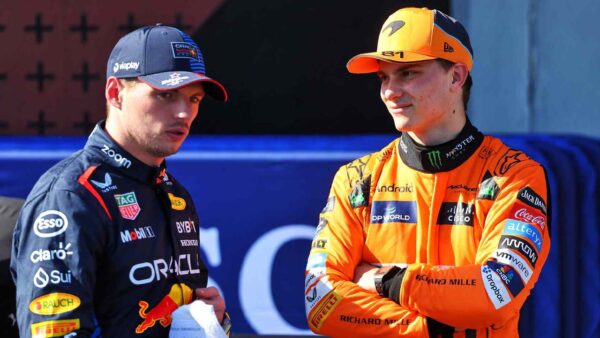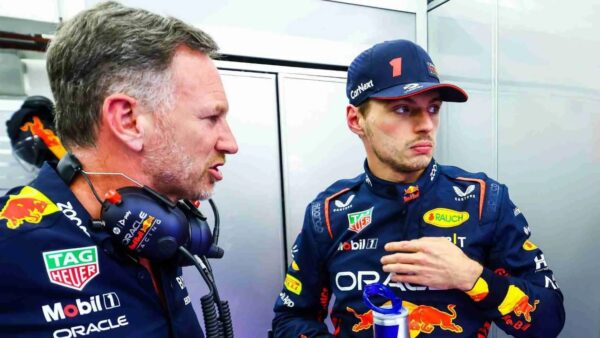Esteban Ocon slams Alpine’s poor decision for full wet tires at the Dutch Grand Prix
Esteban Ocon finished P10 at the Dutch GP, while his teammate Pierre Gasly clinched a podium.
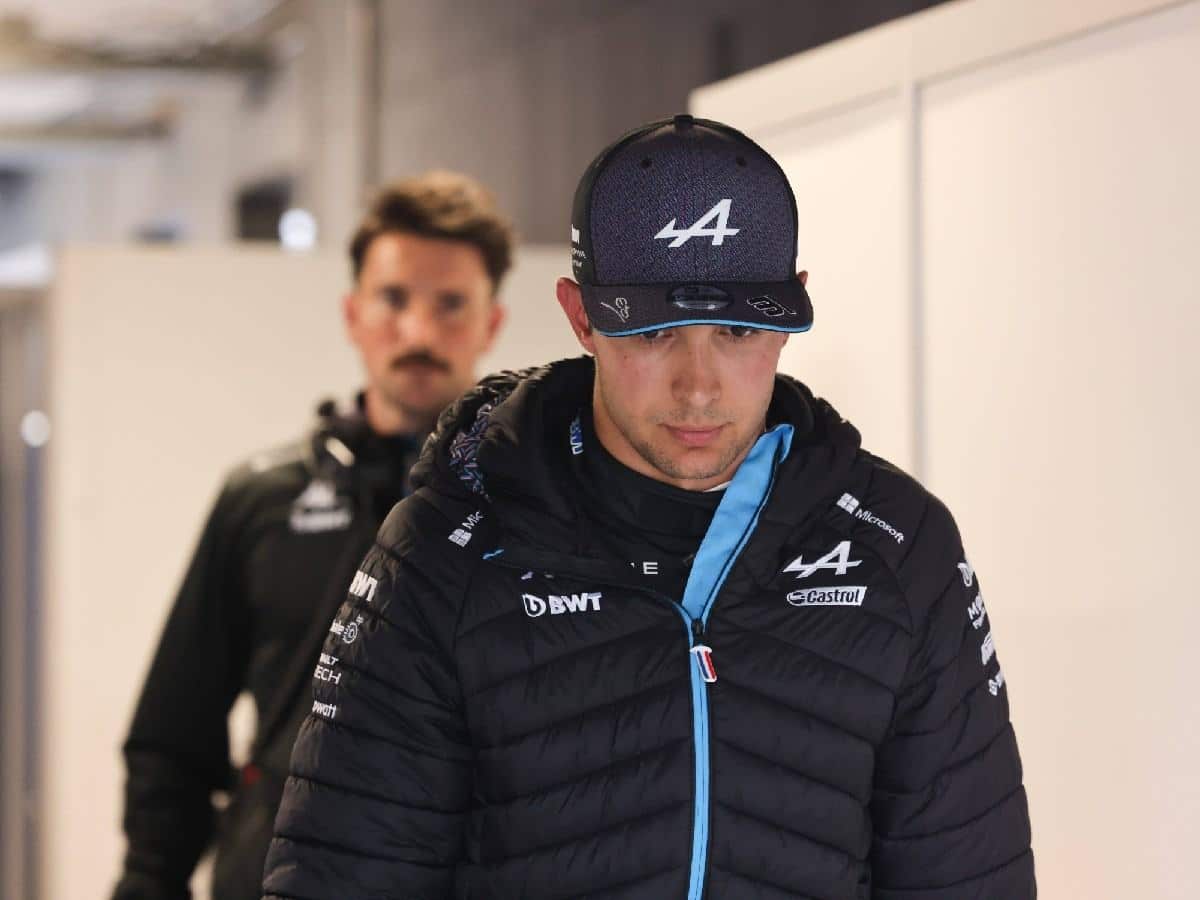
Esteban Ocon (Image credit: Image via Imgao)
🔍 Explore this post with:
After the Dutch GP, Esteban Ocon criticized the wet tires, deeming them unsuitable for the event. He thought better conditions for those tires could trigger a red flag, as it indeed happened. Ocon secured a single point for 10th, overshadowed by teammate Gasly’s third, boosting the Enstone team. Despite his decent performance, Ocon was steadfast in his belief in achieving more.
Esteban Ocon lamented the loss of points, citing disappointment with the call for full wet tires and a late pit stop. He mentioned the unavailability of prepared tires in the garage for his requested pit lap, forcing him to stay out on slicks in wet conditions. Consequently, he slid from sixth to eleventh place.
“Unfortunately, we let these points just slip away at the end,” Ocon said. “I wasn’t happy with the call of the full wets. But also we boxed one lap too late. The tyres were not ready in the garage for me to box at the lap that I asked on the radio. So I had to stay out on slicks,” Esteban Ocon told Motorsport.
Also read: Esteban Ocon breaks silence on the potential return of the French GP
Esteban Ocon’s race strategy compromised by Alpine’s choices
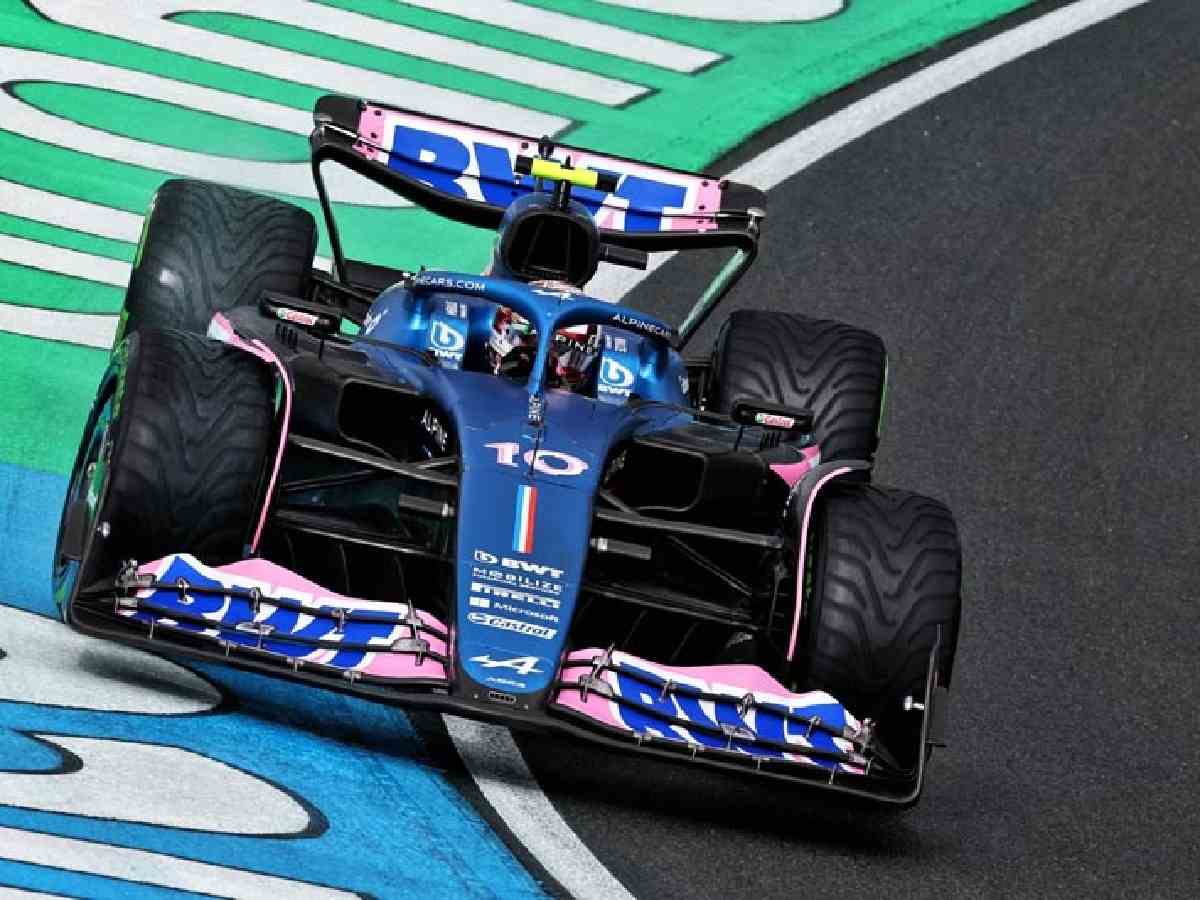
At the race’s outset, Ocon faced challenges with an early second-lap pit for intermediates, unlike Pierre Gasly, who pitted after the first lap. As the race advanced and rain returned near the end, Ocon waited an extra lap for his next stop. Alpine intriguingly chose not to pit both cars together. During this careful lap, Ocon’s engineer informed him of the shift to fully wet tires due to an expected heavy rainfall.
Esteban Ocon commented that the second aspect to consider was that if the decision to use full wet tires were made, it would result in a red flag situation. He emphasized that there is never a situation where full-wet tires are advantageous, as they are slower. Furthermore, he pointed out that if conditions necessitate fully wet tires, it signifies unsuitable conditions for driving an F1 car.
“And the second thing is, if you have to put the full wets, it’s a red flag. And it happened. So there is no point at any point where the full wet is a better tyre because it’s slower. And if it’s the right condition for the full wets, it’s not the right condition to drive an F1 car,” Esteban further continued.
In case you missed it:
- Ralf Schumacher urges Nico Hulkenberg to ditch Haas F1
- “Literally dressing them as clowns”- Ferrari’s Le Mans tribute merchandise for the Italian GP leaves fans dissatisfied

